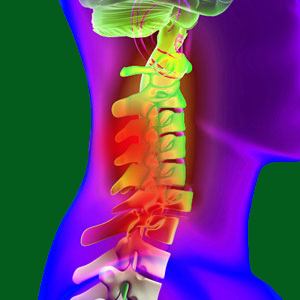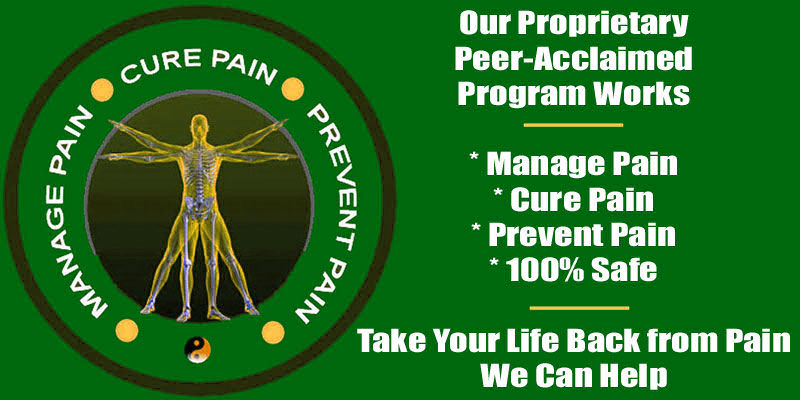
Spondylolisthesis spinal cord injury is a worst case scenario occurrence in cases of severe cervical vertebral migration. Spinal cord injury is generally impossible to treat effectively and might therefore result in permanent neurological loss and systemic ramifications of a dire nature.
Spinal cord injury is not a common consequence of spondylolisthesis. In fact, it can only occur in very rare and extreme circumstances and is usually prevented in cases where cord trauma seems imminent. However, due to the occurrence of acute traumatic onset of some listhesis issues, some patients will unfortunately face the tangible threat of spinal cord damage.
This dialog examines spinal cord injury caused by vertebral slippage. We will explore the locations and circumstances where this terrible fate can occur, as well as why cord trauma is not more common in cases of advanced listhesis.
Spondylolisthesis Spinal Cord Injury Locations
Cervical spondylolisthesis is the variety of vertebral migration that most often threatens the integrity of the spinal cord. While cervical listhesis is rare, it is crucial to remember that the spinal cord does not exist at L4 and L5, which are the most common locations for lumbar spondylolisthesis to occur. Most cervical spondylolisthesis occurs at C5 or C7, with C6 being less commonly involved, often is cases of multiple spondylolisthesis conditions.
While it is possible for spondylolisthesis to occur elsewhere in the spine, such as in the upper neck, upper lumbar levels or in the thoracic spine, these events are virtually unheard of, except in cases of focused trauma-induced listhesis. Therefore, while spinal cord injury caused by spondylolisthesis can occur in many areas of the spine, we will focus on the most often observed levels of the mid to low cervical spine.
Spinal Cord Injury Causation
The spinal cord is an extremely delicate tissue that can be easily and permanently damaged by any form of trauma, including compression, laceration, penetration or infection. In the case of listhesis-related spinal cord injury, we focus on compression and laceration as the main potential causes of damage.
The central spinal canal in the neck is narrow by design and the spinal cord takes up a considerable amount of the space within this central vertebral canal. When listhesis of significant grading occurs, the central canal can be misaligned and create the ideal circumstances for compression of the cord to occur. This risk is increased due to the almost universal expression of other factors between C5 and T1 which also decrease the effective patency of the central vertebral canal including disc desiccation, intervertebral bulging, spinal osteoarthritis, as well as alteration in cervical lordosis.
The spinal cord can become trapped or “kinked” in between misaligned vertebral bones or can be injured due to repeated friction against rough edges of the vertebral bones which would normally not contact the cord. In acute traumatic listhesis occurrences, the cord can suffer catastrophic compression or even become severed when the spine suddenly is victimized by the most severe trauma, such as a car accident, significant fall from a height or act of violence.
Spondylolisthesis Spinal Cord Injury Prevention
There is simply no way to insure that a person will not suffer a listhesis injury that might damage their spinal cord. However, there are certainly effective practices that will drastically reduce or even eliminate the chances of suffering cord trauma due to most types of congenital and slower onset developed listhesis:
Regular medical monitoring of any known spondylolisthesis diagnosis will be able to recognize imminent threats against the spinal cord and/or spinal nerves well in advance of any damage being done.
Fusing severely spondylolisthesis-affected vertebral bones will restore the patency of the spinal canal and prevent cord or nerve damage from occurring. Of course, spinal fusion creates additional problems, but is the only effective cure for vertebral slippage.
Patients with known listhesis are advised to avoid activities that might endanger their spines and encourage progression (especially acute progression) of the grade of their spondylolisthesis.
Spondylolisthesis > Consequences of Spondylolisthesis > Spondylolisthesis Spinal Cord Injury



